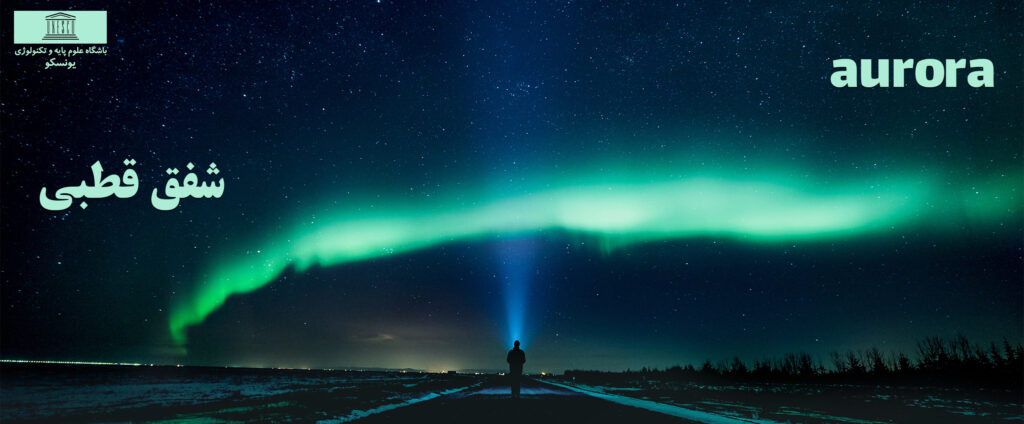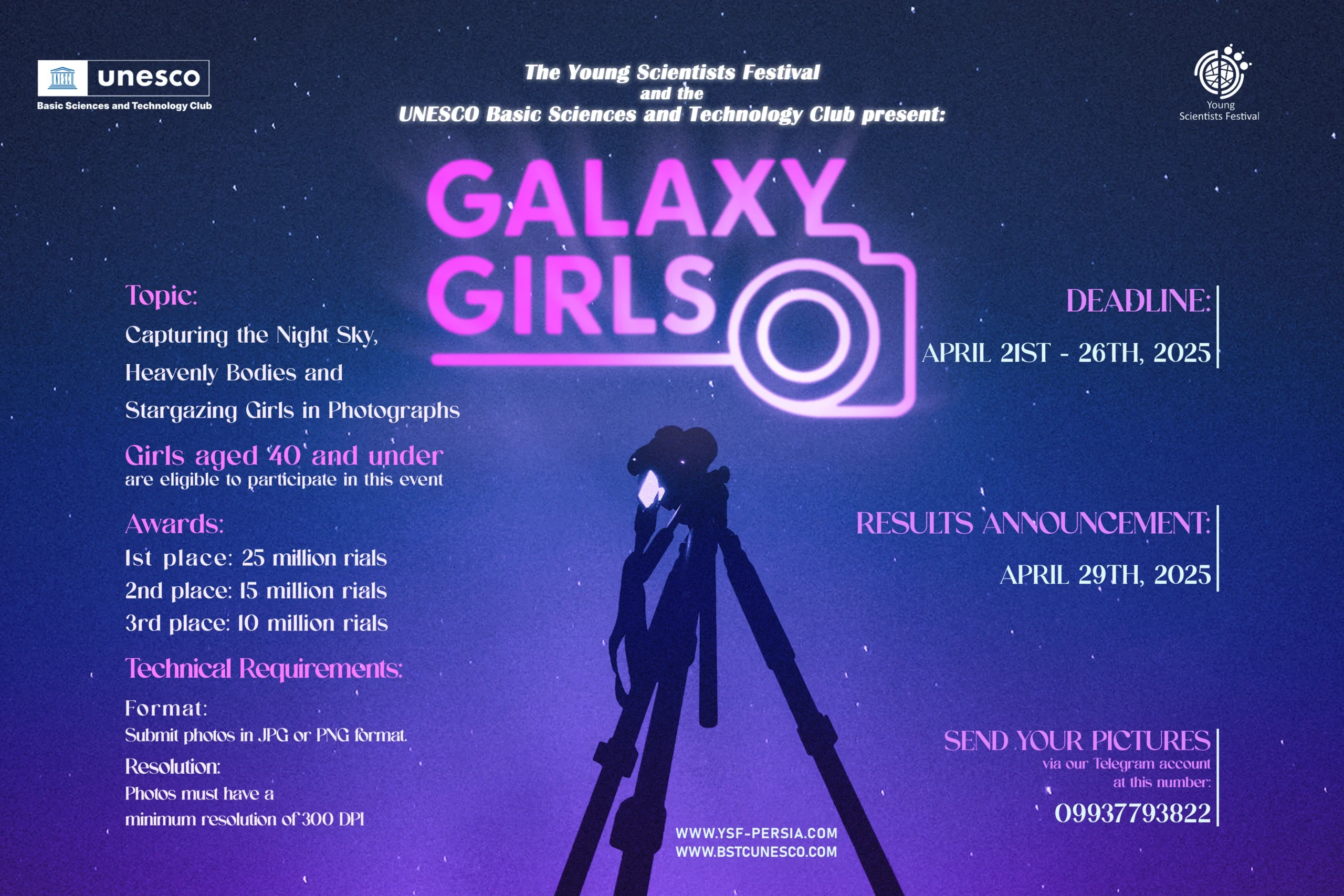If you’ve ever traveled to the North or South Pole, you’ve probably encountered one of the world’s most amazing natural phenomena: the aurora borealis. These beautiful, mysterious lights that dance across the night sky are not only a sight to behold, but they also have a fascinating scientific story behind them. In this article, we’ll explore this beautiful phenomenon and answer questions like what causes the aurora borealis, their different colors, and even whether auroras exist on other planets.
Aurora Borealis: Northern and Southern Lights
The aurora borealis, also known as the northern lights (Aurora Borealis) and the southern lights (Aurora Australis), are dazzling light displays that appear in the night sky near the Earth’s poles. If you’re near the North Pole, you’ll see the northern lights, and if you’re near the South Pole, you’ll see the southern lights. These lights appear in the form of luminous curtains, light waves or even colored sparks in the sky and fascinate any viewer.
The cause of the aurora borealis: the sun, the main source
Although the aurora borealis are visible at night, their main source is the sun. The sun not only sends heat and light to the Earth, but also sends a lot of small particles and energy towards us. Fortunately, the Earth is protected by a magnetic field that repels many of these particles and energy. Without this magnetic field, life on Earth would be almost impossible.
But the sun does not always send a constant amount of energy. There is a constant stream called the solar wind that sends charged particles towards the Earth. In addition, solar storms sometimes occur, in which the sun throws a lot of energy and particles into space. One of the most intense types of solar storms is a coronal mass ejection. In this phenomenon, the Sun ejects huge bubbles of charged gas into space that can travel towards Earth at very high speeds.
Interaction of solar particles with the Earth’s atmosphere
When these charged particles reach Earth, they are guided towards the poles by the Earth’s magnetic field. There, the particles collide with gases in the Earth’s atmosphere and transfer their energy to these gases. This energy causes the atoms in the gases to become excited and emit light. These lights are the auroras that we see in the sky.
Colors of the Auroras: Oxygen and Nitrogen
The colors of the auroras depend on the type of gas that the solar particles collide with. Oxygen produces green and red light, while nitrogen produces blue and violet light. The combination of these colors makes the aurora appear as bright colored curtains in the sky.
Auroras on other planets: not just Earth
Auroras are not a phenomenon that only occurs on Earth. Any planet with an atmosphere and a magnetic field can have auroras. For example, amazing auroras have been observed on the giant planets of the solar system, such as Jupiter and Saturn. These auroras can even be much larger and brighter than Earth’s auroras, because the magnetic fields of these planets are much stronger than those of Earth.
On Jupiter, the auroras are so large that they can cover the entire pole of the planet. These auroras are not only caused by solar particles, but also by particles thrown out by Jupiter’s moons, such as Io. On Saturn, the auroras are also visible as bright rings around the poles.
Auroras and Scientific Research
The auroras are not only beautiful, but also very important to scientists. Studying this phenomenon helps us learn more about the interaction between the Sun and Earth, the magnetic fields and the atmospheres of planets. In addition, the auroras can affect communication and navigation systems on Earth, so a better understanding of them can help improve related technologies.
How to see the auroras?
If you want to see the auroras with your own eyes, the best place to see them is near the Earth’s poles. Countries such as Norway, Sweden, Finland, Iceland and Canada are among the places where the auroras are frequently seen. To see the southern lights, you can travel to southern Australia or New Zealand.
The best time to see the aurora borealis is during the winter, when the nights are longer and the skies are darker. Solar activity, such as solar storms, can also increase your chances of seeing the aurora borealis.
Conclusion: The Dance of the Celestial Lights
The aurora borealis are one of the most beautiful and mysterious natural phenomena that are not only visually stunning, but also have a fascinating scientific story behind them. From the interaction of solar particles with the Earth’s atmosphere to the existence of auroras on other planets, these phenomena remind us of how complex and amazing the world around us is. If you have the chance, be sure to travel to one of the Earth’s poles and see this dance of celestial lights with your own eyes.


